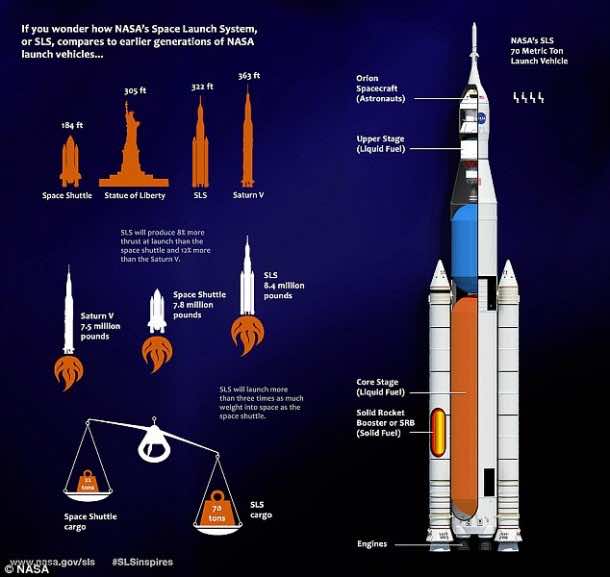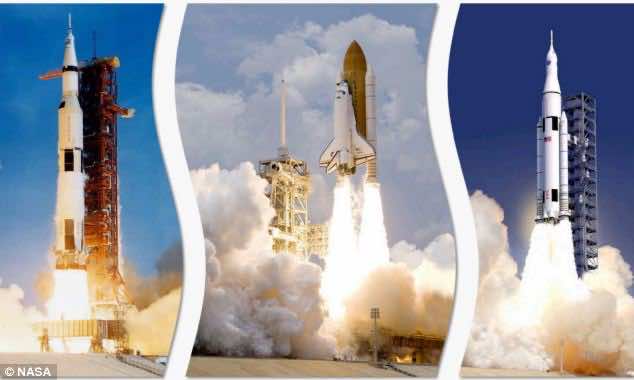NASA is gearing and rocketing up for the highly anticipated Martian manned mission for some time. A launch of such importance requires years and years of research and scientific advancement before an actual countdown starts. Due to the sheer distance to the red planet and a possible one-way journey, the shuttle needs to pack enough fuel, food and supplies to last several years. To accommodate all the necessary items, the new Space Launch System (SLS) will be the biggest rocket ever built on the face of the Earth. It will be powered by the largest engines, thrusters, and almost everything.

You can watch the video of the manufacturing of powerful RS-25. These rockets have been in testing stage since 2009. Four of these beauties will power the Space launch system for a journey into deep space towards a possible asteroid landing and ultimately to the Red Planet itself.
Though the designs have been completed for some time, the actual launch has been delayed due to NASA’s critical design reviews of every single component of the RS-25. Thousands of designing documents need to be studied and simulated to make sure that te maiden manned flight into deep space is safe and sustainable. The rocket will have a jaw-dropping 77-ton lift capacity that is deemed enough to a long time.
The rockets are scheduled for a preliminary test flight in 2017. They will be used to carry limited number of astronauts to the International Space Station and conduct deep space experiments. Many probes and unmanned missions have explored the boundary of our solar system, but the synergy between the human explorations and scientific exploration needs to be developed to send people that far into the realms of space. The rocket engines will have to face the cold liquid Oxygen temperatures than the shuttle and increased nozzle heating due to the four-engine configuration.
As the SLS nears completion, it will have a huge 143 tons lift capacity that can take us further into our solar system. A 2.8 billion dollar contract sees Boeing developed the biggest space shuttle in the coming years. Here is the comparison between the sizes of space shuttles and rockets over the course of the agency’s rich 57-year history.
Depending on the size of the spacecraft, there is a speed limit to what thrusters can provide for you. With SLS, the size is much larger and, therefore, the top speed will have to be compensated accordingly. But, with increased size, comes enhanced range that is more important nowadays as a return mission to Mars is the talk of the town. We have a feeling that these claims of one-way trips into this kind of deep space might not appeal to many people. Especially if one mission is stranded over there for long time!
Have a look at the testing of these mammoth engines and decide their capability by yourself:

